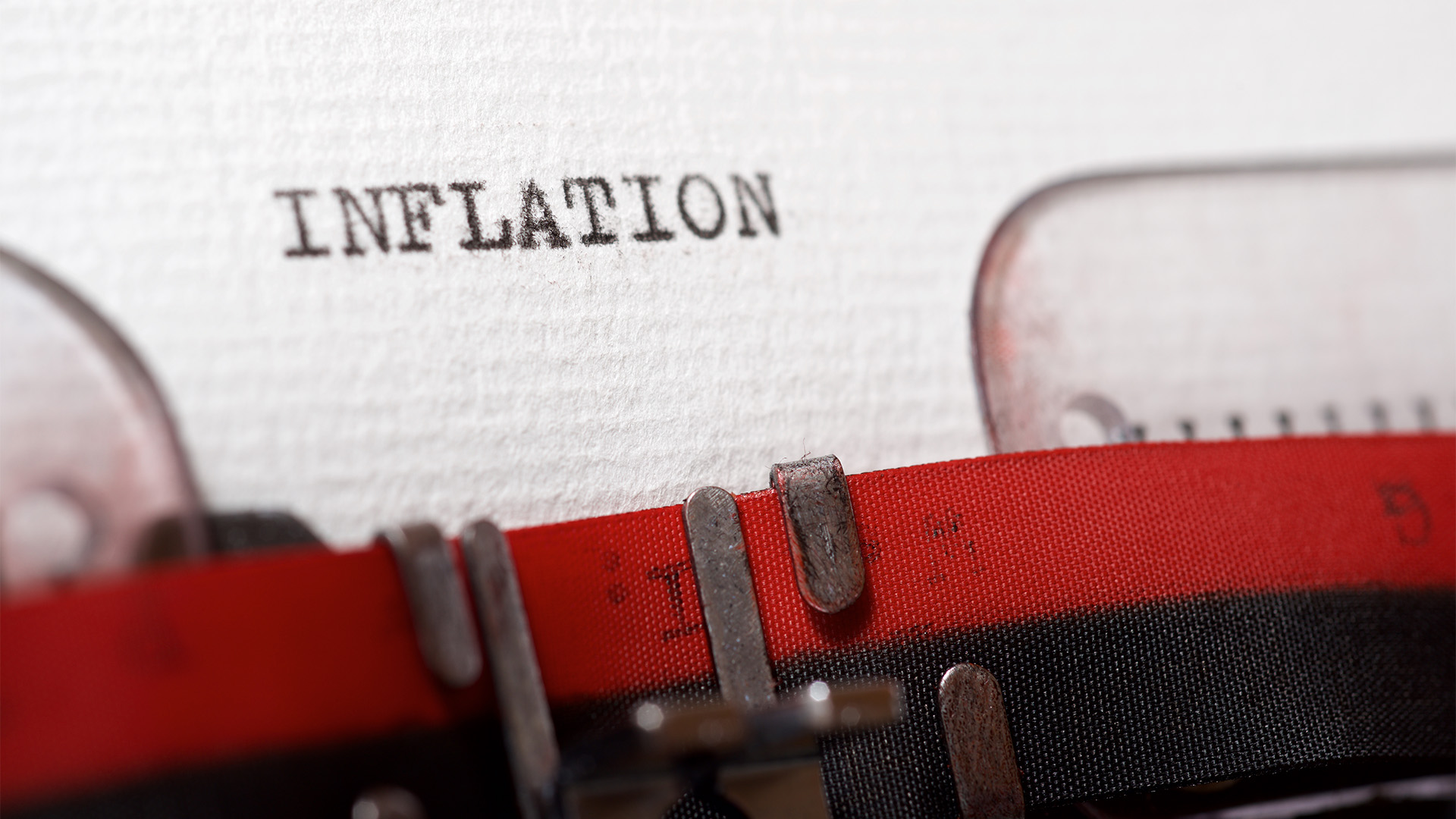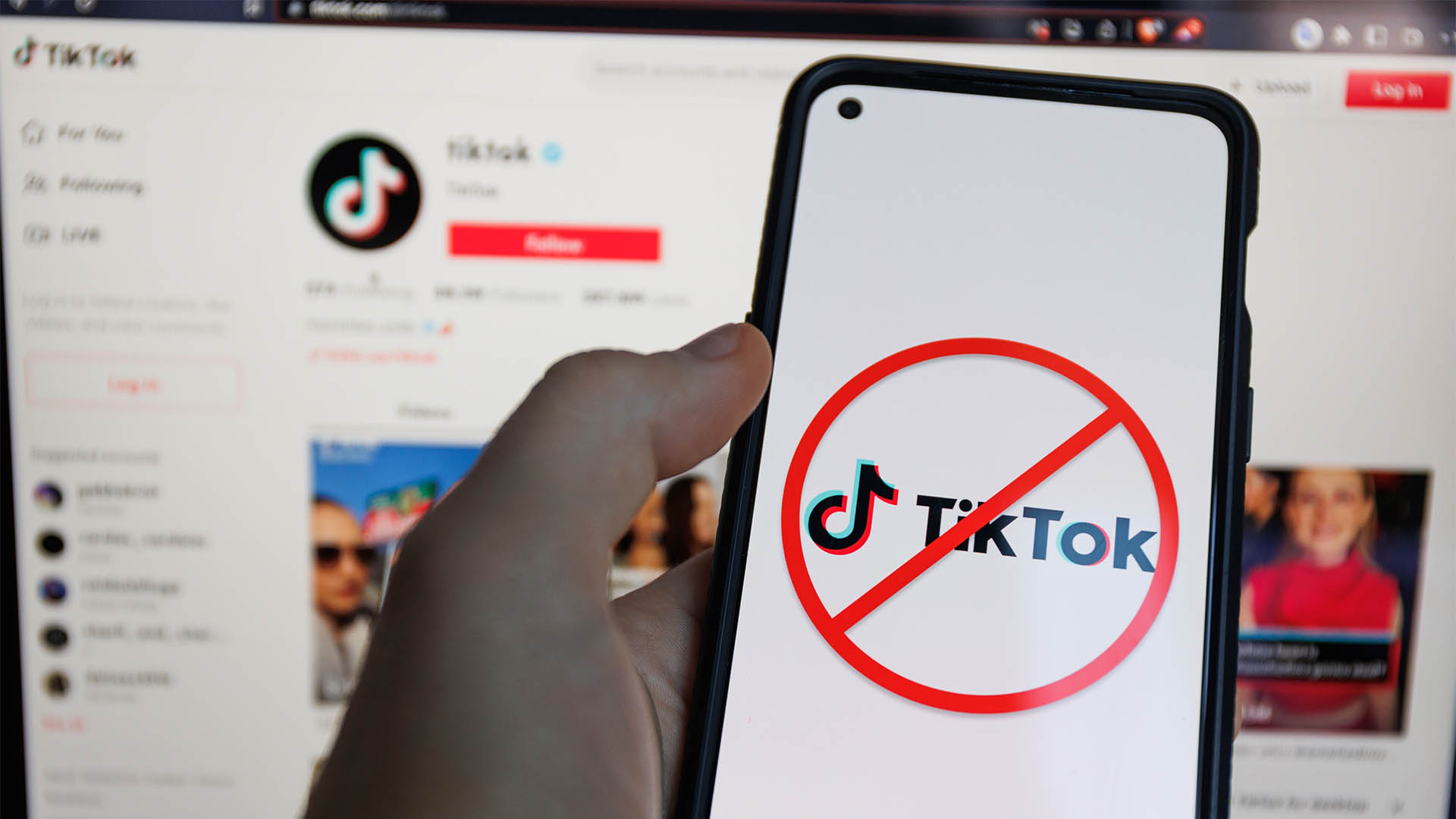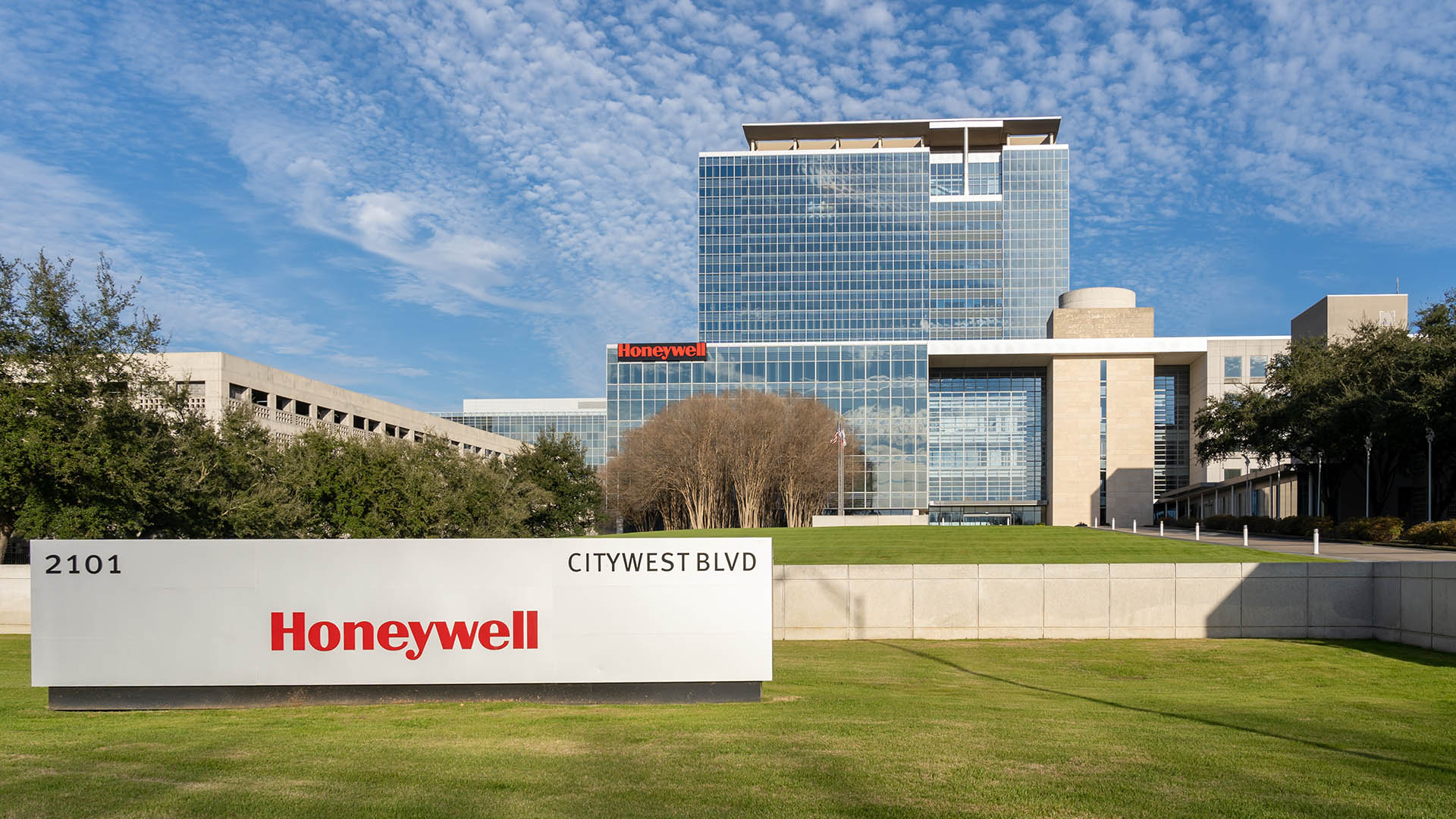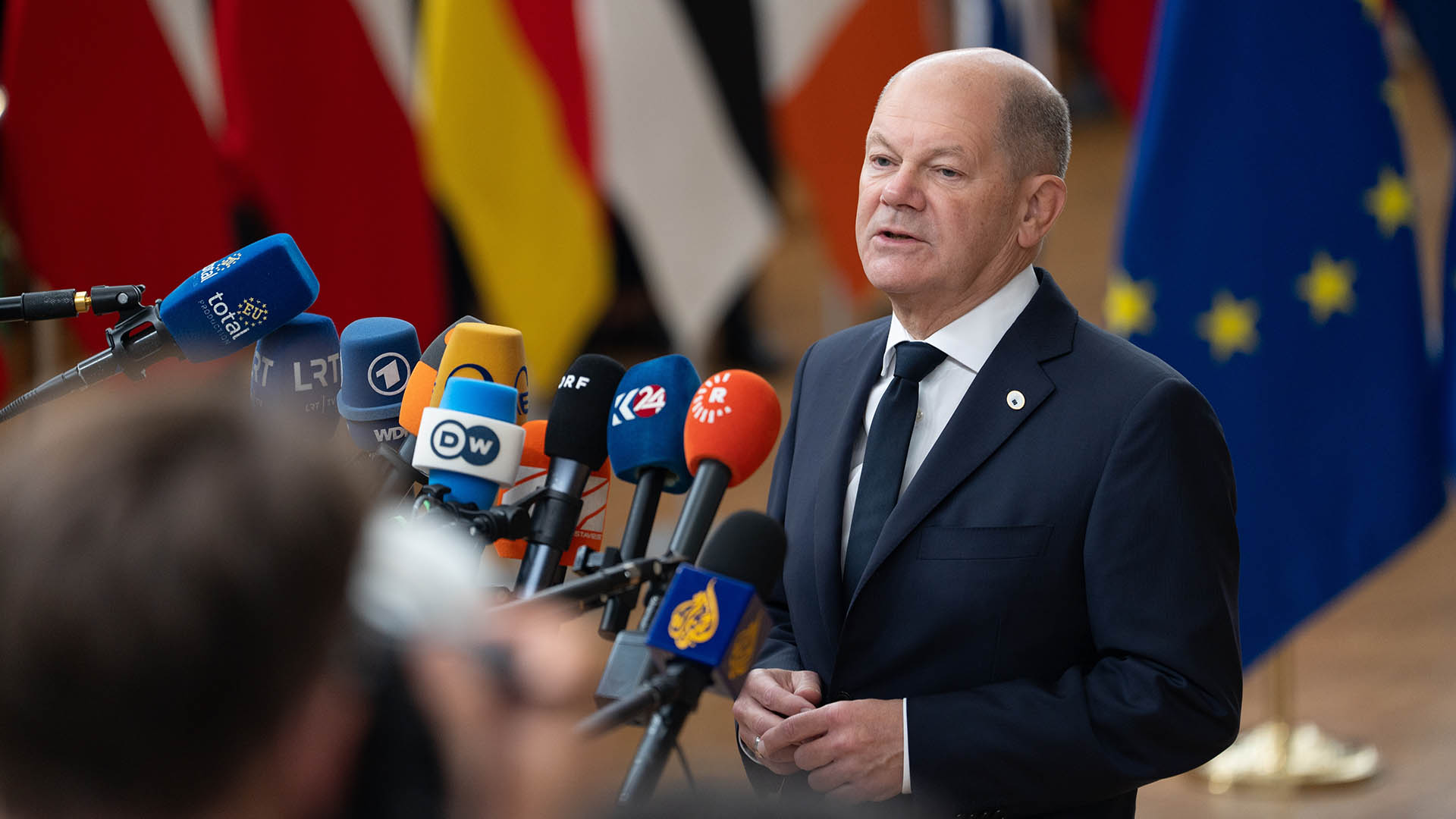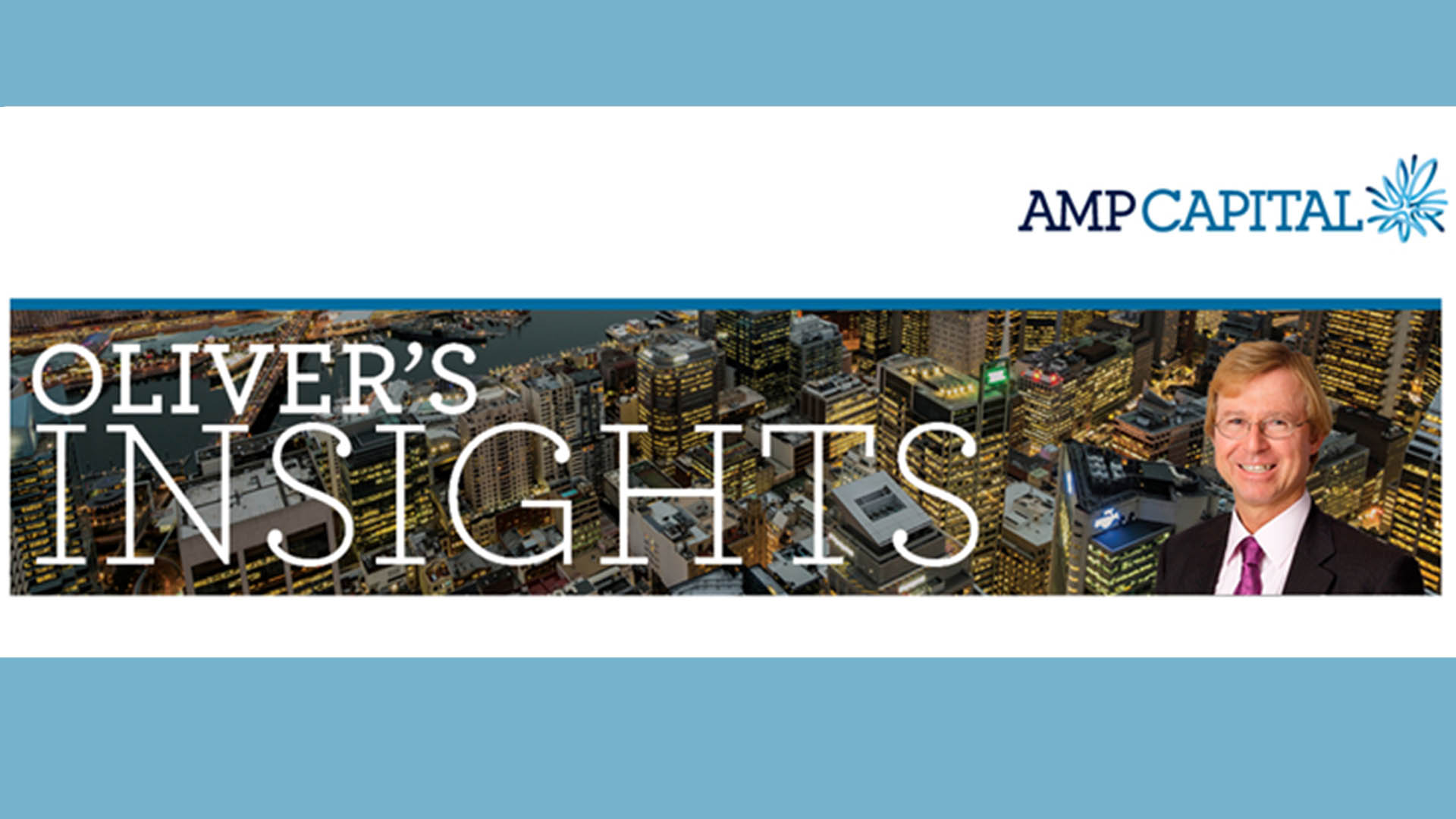Good inflation reports for the US and UK on Wednesday will give the respective central banks solace and set up the first rate cut for America in several years, encouraging a second cut in Britain.
Annual US consumer price inflation fell to 2.9% in July, almost certainly signalling that the Federal Reserve will cut interest rates at its meeting on September 17-18. This meeting will occur just after the August CPI data is released on September 11.
The annual rise in the consumer price index was below June’s rate of 3% and economists’ expectations of a steady figure. On a monthly basis, the CPI edged up 0.2%.
The core CPI, excluding food and energy prices, rose 3.2%—the smallest increase in three years. A more granular measure shows that over the last three months, core CPI rose 1.6% on an annual basis, down from 2.1% in June.
The markets rose, though not dramatically, as a rate cut next month had been anticipated by investors for about a week to ten days.
Positive aspects of the data include grocery costs rising by just 0.1% in July for an annual increase of 1%. Used car costs, a persistent problem for several years, fell 2.3% in July, a larger drop than the previous month. New vehicle prices fell 0.2%, marking the sixth consecutive month of price declines.
Next, the so-called PCE price and consumption and spending data will be released at the end of the month, which is the Fed’s preferred measure of inflation and consumer activity.
The only negative in the report was continued price pressures from the “shelter” component of the CPI, which covers housing costs and rents. The shelter index accounted for over 70% of core CPI’s 12-month increase through July, according to US government statisticians. Preston Caldwell, senior US economist at Morningstar, wrote in a note that the sector is “solely responsible for core inflation remaining above the Fed’s 2% target.” The rent index rose 0.5%, up from 0.3%. Owner’s equivalent rent, used by the government to account for inflation in homes people own, rose 0.4% after slowing in June.
Meanwhile, in the UK, the chances of a second rate cut increased after consumer price inflation rose at an annual rate of 2.2% in July, slightly below expectations. While above the Bank of England’s 2% target, this was lower than the market forecast. Economists had predicted the headline CPI to reach 2.3%.
Headline inflation was 2% in both May and June, aligning with the Bank of England’s target rate. The Office for National Statistics attributed the increase to housing and household services, stating that gas and electricity prices fell less than in the previous year. So-called core-CPI, excluding food, energy, alcohol, and tobacco prices, was 3.3% in July, down from 3.5% in June. Services inflation, closely watched by the Bank of England, eased to 5.2% in July compared to the previous month’s 5.7% reading.


